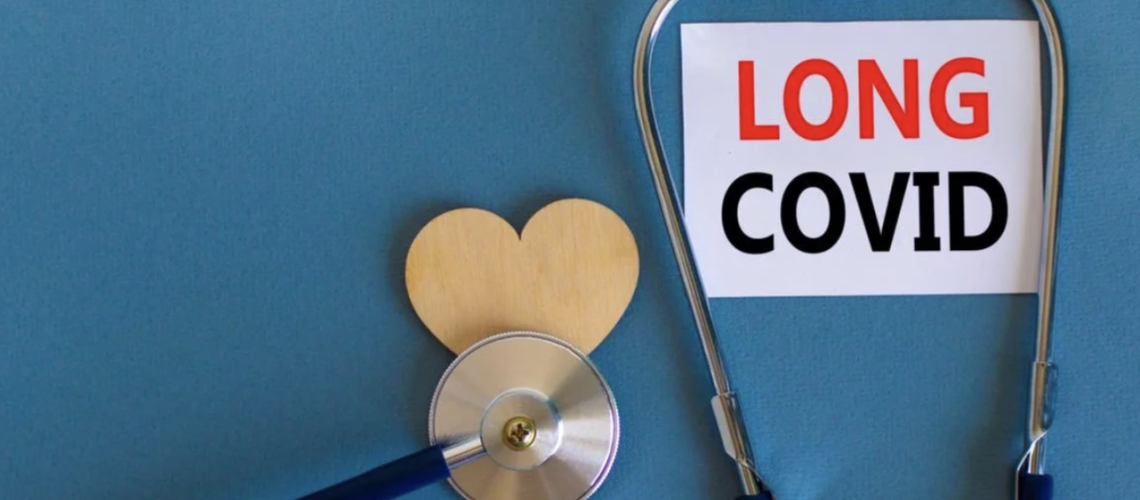In a recent study posted to the medRxiv* preprint server, researchers evaluated the use of U09.9, an International Classification of Diseases, Tenth Revision, Clinical Modification (ICD-10-CM) code described as ‘Post coronavirus disease 2019 (COVID-19) condition, unspecified’ for post-acute COVID-19 sequelae (long COVID).
Background
Despite the early identification of long COVID, the U09.9 code was not available for clinical use until October 2021. Given the clinically diverse presentation of long COVID, there is a need to assess its phenotypes and subtypes. Coding would aid in recruiting participants for further research and determine specific diagnoses and treatments tailored to the needs of long COVID patients, which is the main objective of the National Institute of Health’s (NIH) Researching COVID to Enhance Recovery (RECOVER) study.
In a previous study, the authors of the present study had proposed a computable phenotypic description of long COVID using data of the National COVID Cohort Collaborative (N3C), which was based on machine learning. They believed that the U09.9 code would be an important addition to their long COVID study model.
About the study
In the present study, researchers characterized the use of the U09.9 code for long COVID-19 in clinical settings. They used data provided by NIH’s N3C, the largest available Health Insurance Portability and Accountability Act (HIPAA)-limited COVID-19 dataset in the United States (US) for the study.
Electronic health records (EHR) were used from the N3C to identify clinical features which co-occurred with patient U09.9 index dates. Data were obtained for (1) SARS-CoV-2-positive patients, (2) those with COVID-19 symptoms, and (3) demographically matched SARS-CoV-2-negative controls. Retrospective data were obtained post-January 2018 for every patient.
Data on 9,571 participants were obtained from 28 N3C sites with U09.9 diagnosis codes reported on or post 1 October 2021, of which 1,497 participants were excluded due to difficulties in differentiating co-occurring features of long COVID from their primary cause of hospitalization. Thus, 8,074 participants were considered for the final analysis.
Sites with either (1) no usage of U09.9 or non-updated data post 1 November 2021 or (2) cases with unmet criteria of the RECOVER study viz. (a) minimum of one serum creatinine assessment or leucocyte count; (b) valid end dates, and (c) no shifting of dates exceeding 30 days.
Data on socio-demographic variables provided by the Sharecare-Boston University School of Public Health were also assessed for the U09.9 cohort based on their diagnoses, medications, and procedures, which occurred between the patients’ U09.9 index dates and 60 days post-index (‘analysis window’).
The diagnoses were characterized using the U09.9 index dates to determine the ones that co-occurred with the U09.9 diagnostic codes and those whose symptoms co-occurred. To this end, clusters of conditions likely to co-occur in the patients were evaluated.
The conditions in the analysis window were extracted, and subsequently, the most commonly occurring conditions were noted. An adjacency matrix was constructed for the 30 most common clinical conditions, with the values indicating the co-occurrence frequencies between conditions.
From the adjacency matrix, the authors designed a nodal network comprising nodes that indicated individual patient diagnoses, nodal edges indicating co-occurrences, and weights of nodal edges indicating the number of patients with both clinical conditions. The Louvain algorithm was used for identifying co-occurring conditions.
Results
Of note, the increased severity of acute COVID-19 did not substantially influence determining which patient would end up with a U09.9 code. A total of 1,722 of the U09.9 code patients (21.3%) were hospitalized during the acute COVID-19 period.
The team also analyzed the code’s uptake for the sites using the U09.9 code. There was a rapid escalation in using the U09.9 code by sites following the code’s release. The use of U09.9 post-release was compared to that of B94.8 (“Sequelae of other specified infectious and parasitic diseases”) among COVID-19 patients. After the U09.9 code was available, B94.8 code use at the levels of the same site did not decrease. This indicates that both the codes were in use, as observed in the records of 1,614 (20%) N3C patients.
Among individuals below 21 years, multisystem inflammatory syndrome within the pulmonary cluster was observed, whereas patients aged above 65 years demonstrated the most distinct presentation, with several age-associated chronic diseases (e.g., atherosclerosis, atrial fibrillation, and congestive heart failure). Although the symptoms of long COVID and associated functional disabilities could manifest differently in the patients, they were observed to commonly fall into either of three clusters (neurological, metabolic, or cardiopulmonary).
In addition, more females presented with long COVID compared to men of all ages. Further, a heterogeneous presentation of long COVID was observed, indicating no distinct socio-demographic pattern of long COVID.
Conclusions
Overall, the study findings indicate that long COVID may not be a single phenotype but an assortment of several sub-phenotypes which would benefit from differing diagnostics and therapeutics. This explains the reluctance to use U09.9 in clinical settings since the clinical manifestations of long COVID were not universally applicable.
The authors believe that although the ICD-10-CM code U09.9 used to codify long COVID would assist in future case ascertainment, the U09.9 code should not be used alone but in combination with other strategies such as complex computable phenotypes.
*Important notice
medRxiv publishes preliminary scientific reports that are not peer-reviewed and, therefore, should not be regarded as conclusive, guide clinical practice/health-related behavior, or treated as established information.
——————————————————
Photo courtesy of: News Medical
Originally Published On: News Medical
Follow Medical Coding Pro on Twitter: www.Twitter.com/CodingPro1
Like Us On Facebook: www.Facebook.com/MedicalCodingPro







